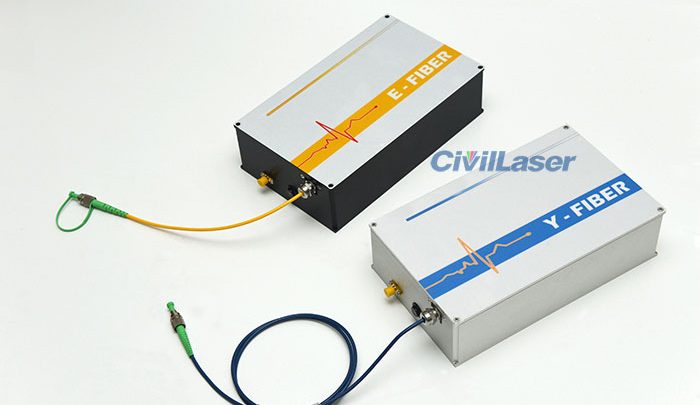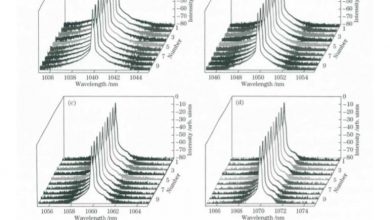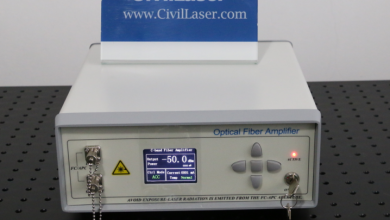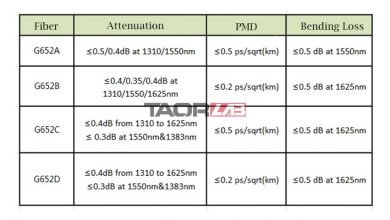Laser NewsLaser Article
Synchronous Pumping Raman Fiber Laser

The use of ultrashort pulse synchronous pumping of Raman fiber lasers is another way to achieve wavelength-sensitive Raman pulsed lasers. In the Raman fiber laser, the Raman scattering response speed in the fiber is extremely fast, and the time domain characteristic of the pump pulse can be effectively transmitted to the Raman pulse, and the Raman can be realized without the saturable absorber. Ultra short pulse output. In pulse pumping, the gain is only provided during the period of the pump pulse width, so no spontaneous Raman light and continuous light components are generated in the cavity, and the Raman pulse can be guaranteed as the equivalent saturable absorber. Purity. At the same time, the Raman gain is proportional to the pumping power and does not saturate, so that ultrashort pulse pumping can use its extremely high peak power to provide a higher Raman gain per unit length of fiber, thus effectively overcoming the lock. The shortcoming of the required gain fiber in the mode Raman laser can achieve high-efficiency energy conversion in a short cavity condition, and the repetition frequency of the output Raman ultrashort pulse is greatly improved, and the output performance is improved. In addition, due to the threshold characteristic of stimulated Raman scattering, that is, only the pumping pulse portion whose instantaneous power is greater than a certain value can be converted into Raman pulse in real time, so when optimizing the fiber length and dispersion characteristics in the cavity, the synchronous pumping technique is also used. A Raman pulse output that is narrower than the pump pulse width can be directly obtained, which is a significant improvement compared to a mode-locked Raman fiber laser that can directly output a wider pulse.
In the synchronous pumping mechanism, since the pumping light is in the form of a pulse, in order to achieve resonance enhancement, a most critical match is required, that is, the length of the Raman resonator is matched with the repetition frequency of the pumping pulse. Only by achieving this match, the Raman pulse generated in the cavity can be coincident with the pump pulse for gain and narrow the pulse width every time it is transmitted in the cavity. The matching may be that the Raman pulse is transmitted once in the cavity for the same time as the pulse interval of the pumping pulse, that is, the fundamental frequency of only one Raman pulse in the cavity, or the Raman pulse is transmitted in the cavity. The time of the circle is an integral multiple of the pulse interval of the pump pulse, that is, the harmonic state of the plurality of Raman pulses at the same time in the cavity.
Research on synchronous pumped Raman fiber lasers under ultrashort pulse pumping began in the 1970s. In 1977, Stolen et al first reported the simultaneous pumping of Raman fiber lasers, using a mode-locked laser as the pumping source and using wavelength dispersion to achieve wavelength tuning. In the 1970s and 1980s, Lin et al. also studied synchronous pumped Raman fiber lasers from a theoretical and experimental perspective. In recent years, with the rapid development of ultra-fast laser technology and fiber technology and the increasing demand for ultra-fast laser sources for special wavelengths, synchronous pumping Raman fiber lasers has once again become a research hotspot. At present, a large amount of research work has been synchronized. Pumping technology is used to produce ultra-fast Raman lasers in Raman fiber laser technology.





